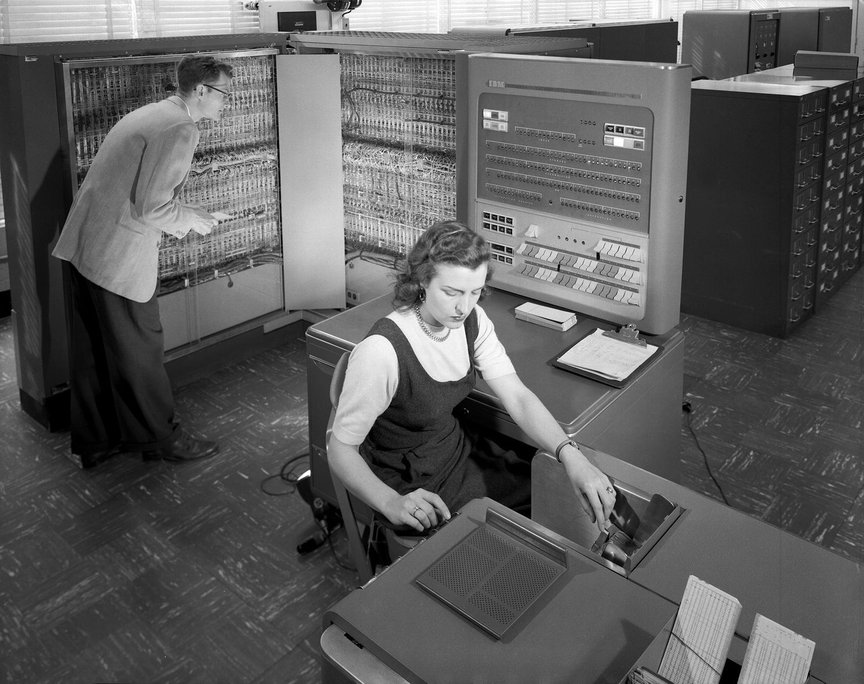Digital tools for workplace organising
We’re currently working with Autonomy to build a digital resource that will enable people to document and reflect upon their working conditions. The project builds upon the rich history of workers’ inquiries . Rather than research done “from above” (e.g. by the bosses), we’re focusing on research “from below”, based on the perspective and experience of workers themselves. The goal is not only to offer tools to help workforces build up a picture of working conditions – it’s about using it to transform these conditions and build power in a strategic way.
Our hypothesis is that you do not need to know the entire history of workers’ inquiries in order to successfully run one. In fact, most organisers won’t have much time to spare on intense theoretical training. With that in mind, we’re processing historical methods into simple, step-by-step guides. Alongside this, we’re collecting examples of these methods being used successfully in the real world.
What we’ve done so far
One of Autonomy’s research affiliates, Patrick Carmichael , started by collecting a range of research approaches from historical workers inquiries, workplace sociology and social sciences. Included in this research are case studies of each approach in practice.
Using this research as a starting point, we started working on a prototype version of the resource. We decided to use Notion for this first stage of the project. This enables us to focus on making the content as clear as possible, without the overhead of building a new website. It also allows us to test and iterate very quickly.
We also spoke to a number of organisations and individuals who work on similar topics, including Notes from Below , Ella Baker School of Organising , Breakroom and Organise . Talking to this diverse group of organisations helped us define the project’s scope and goals.
We wanted to collect feedback on our prototypes as early as possible, so we ran interviews with trade union organisers from United Voices of the World (UVW), The Independent Workers’ Union of Great Britain (IWGB) and Nurses United. Our goal was to better understand the needs of organisers in the workplace and inform how the different approaches could be useful. It’s always inspiring to hear directly from organisers. We’ll be publishing the research findings in another post.
Based on what we learned from these interviews, we decided to simplify the content further. We want to make it more accessible, while still keeping the examples, case studies and historical references for those who are interested in learning more about workers’ inquiries.
We’ve also refined the design and navigation of different user journeys and added examples of digital tools that may be useful for different approaches.

What’s next
We’ve got some more interviews planned to see how the updated prototype is working and identify any further gaps. We’re also planning to try some of the methods within Common Knowledge.
We’re planning to launch a public version by the end of the month. Our goal is to create a collaboratively owned and maintained resource that will grow and change over time.
Get involved!
We’re still on the lookout for modern examples of workers’ inquiries in practice. This includes any research and organising techniques that might not be traditionally considered a workers’ inquiry.
If you want to contribute an example, or you’re interested in the project and want to chat, email hello@commonknowledge.coop.
This work in collaboration with Autonomy is supported by the Barry Amiel & Norman Melburn trust .
Image credit: NASA, Public domain, via Wikimedia Commons